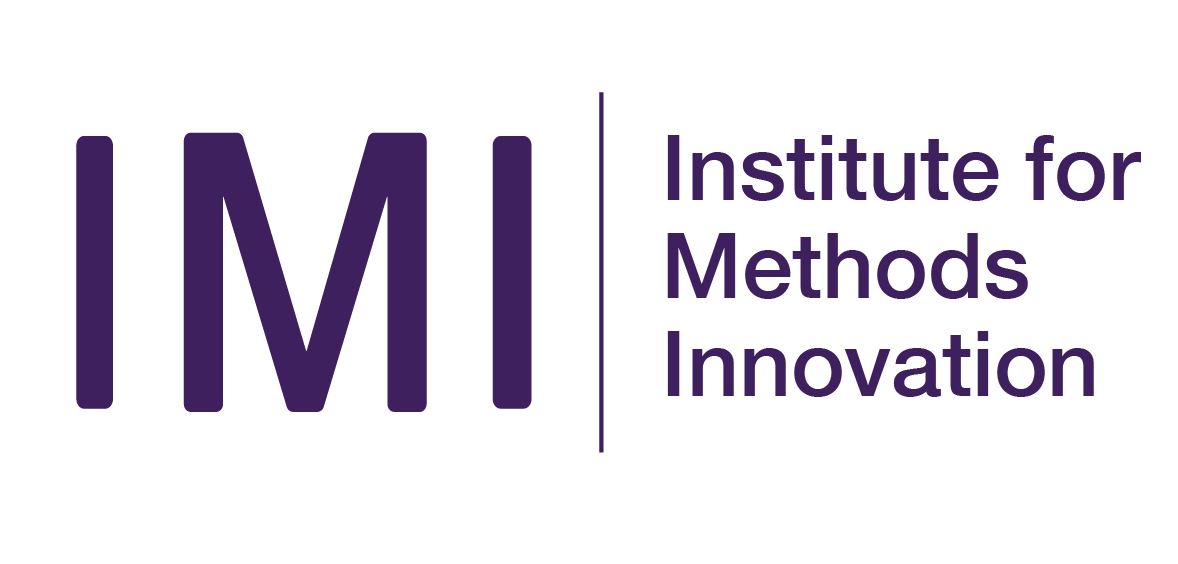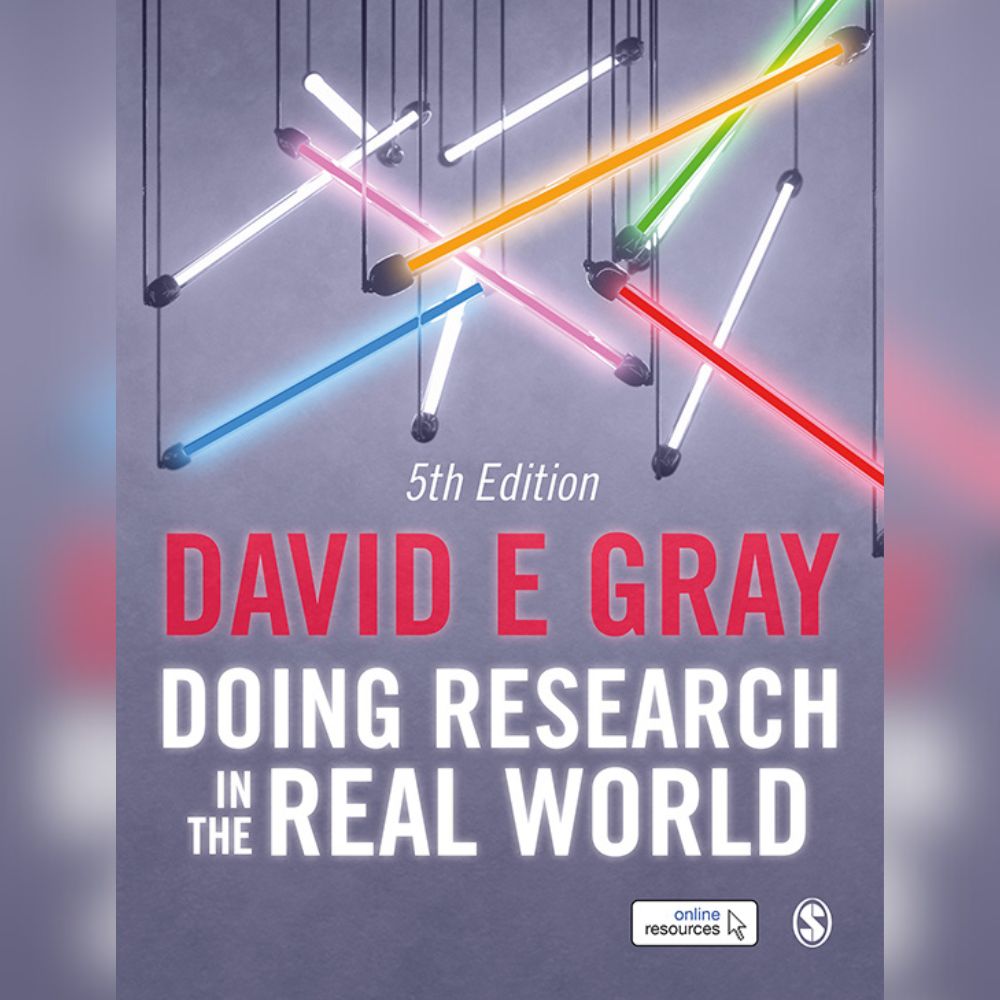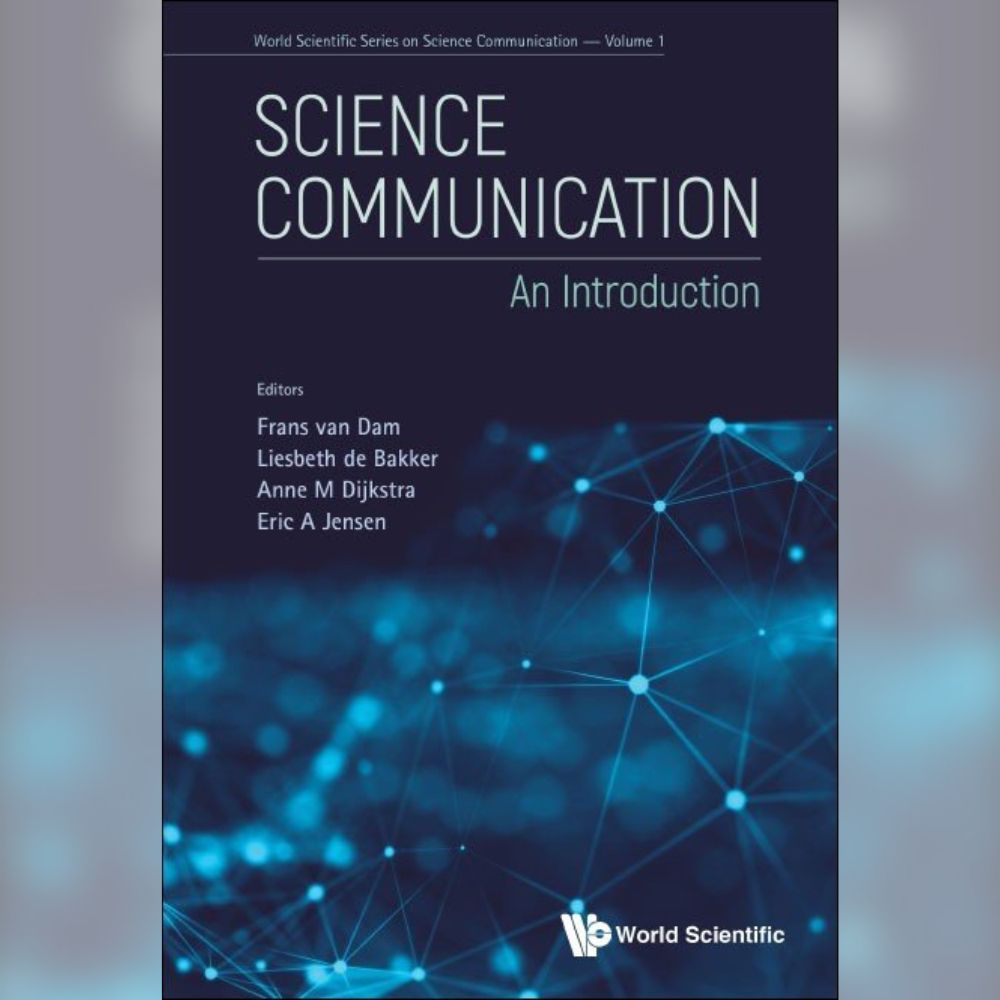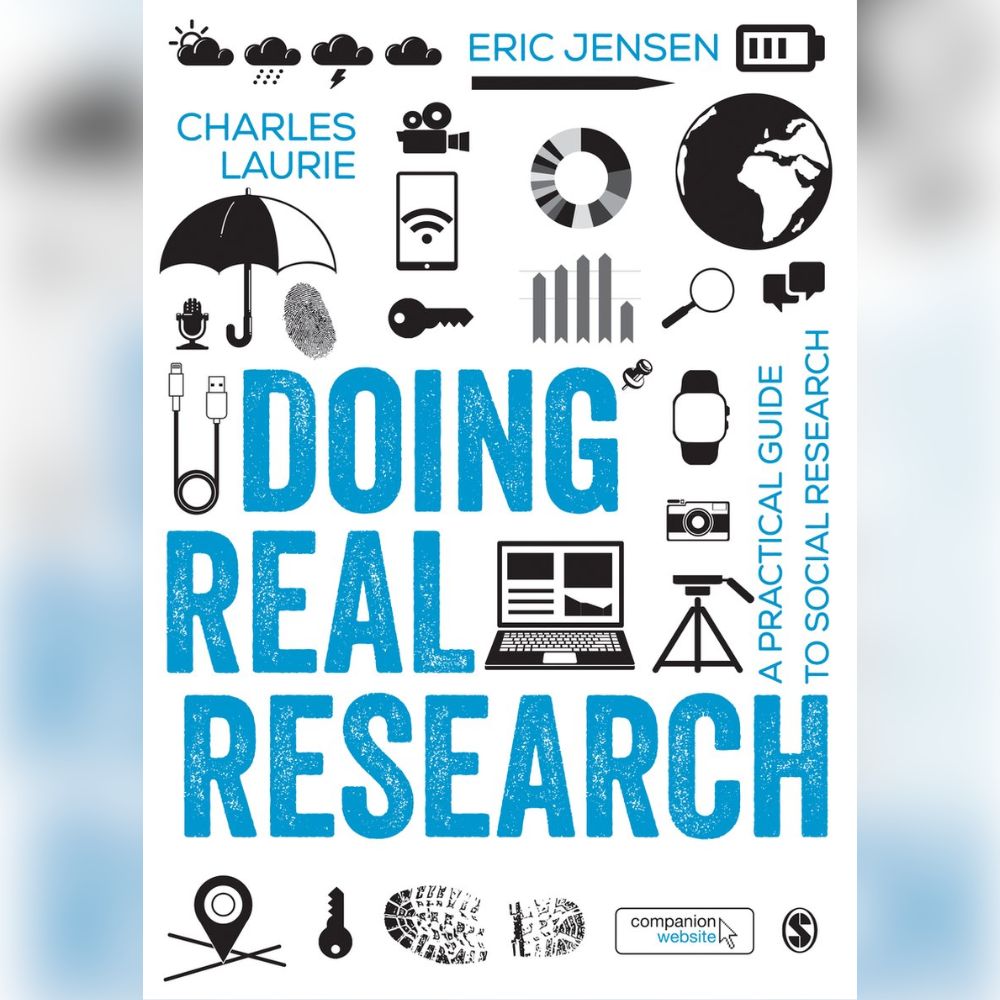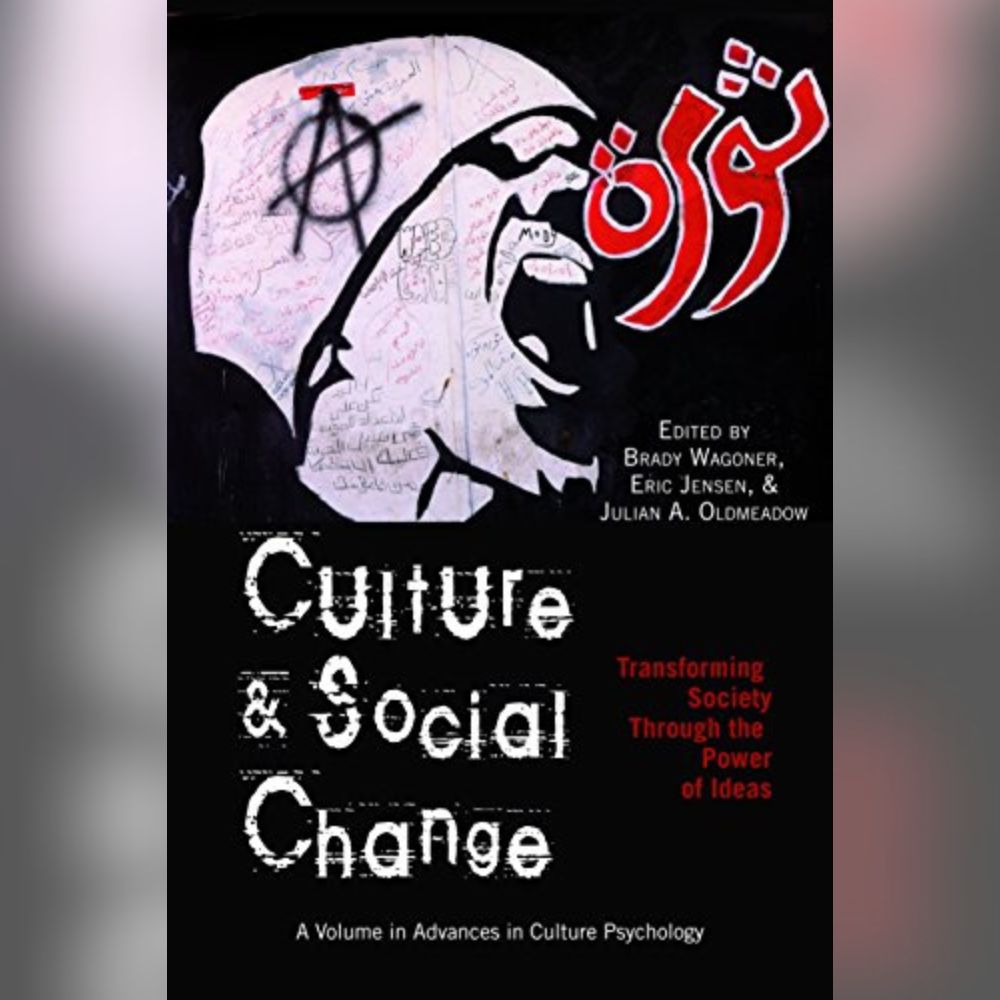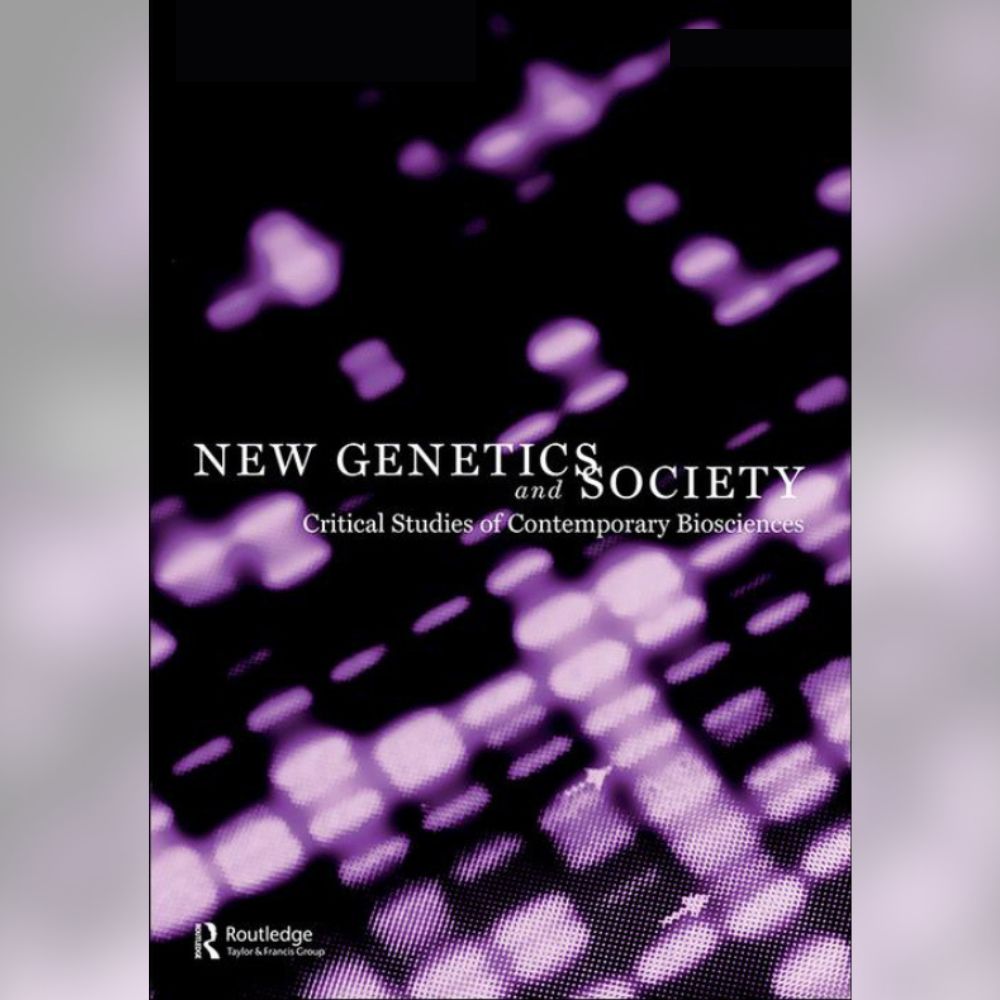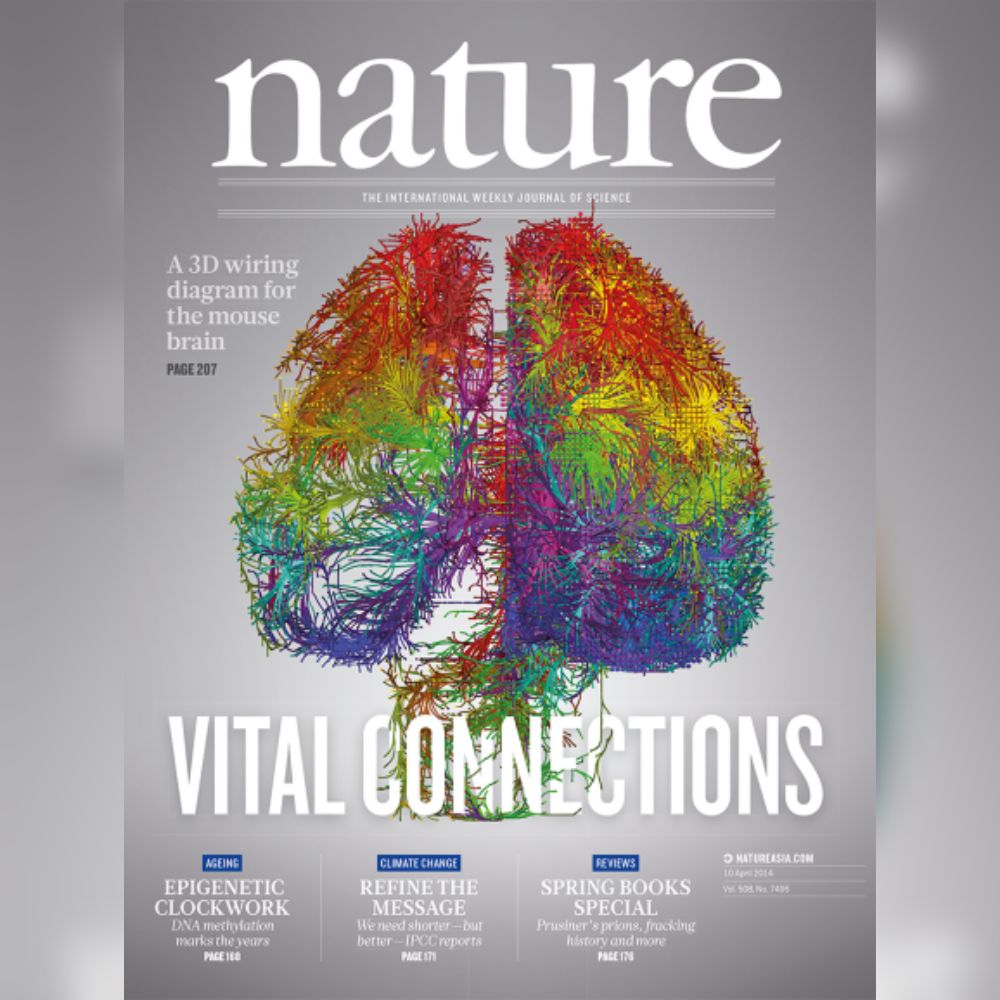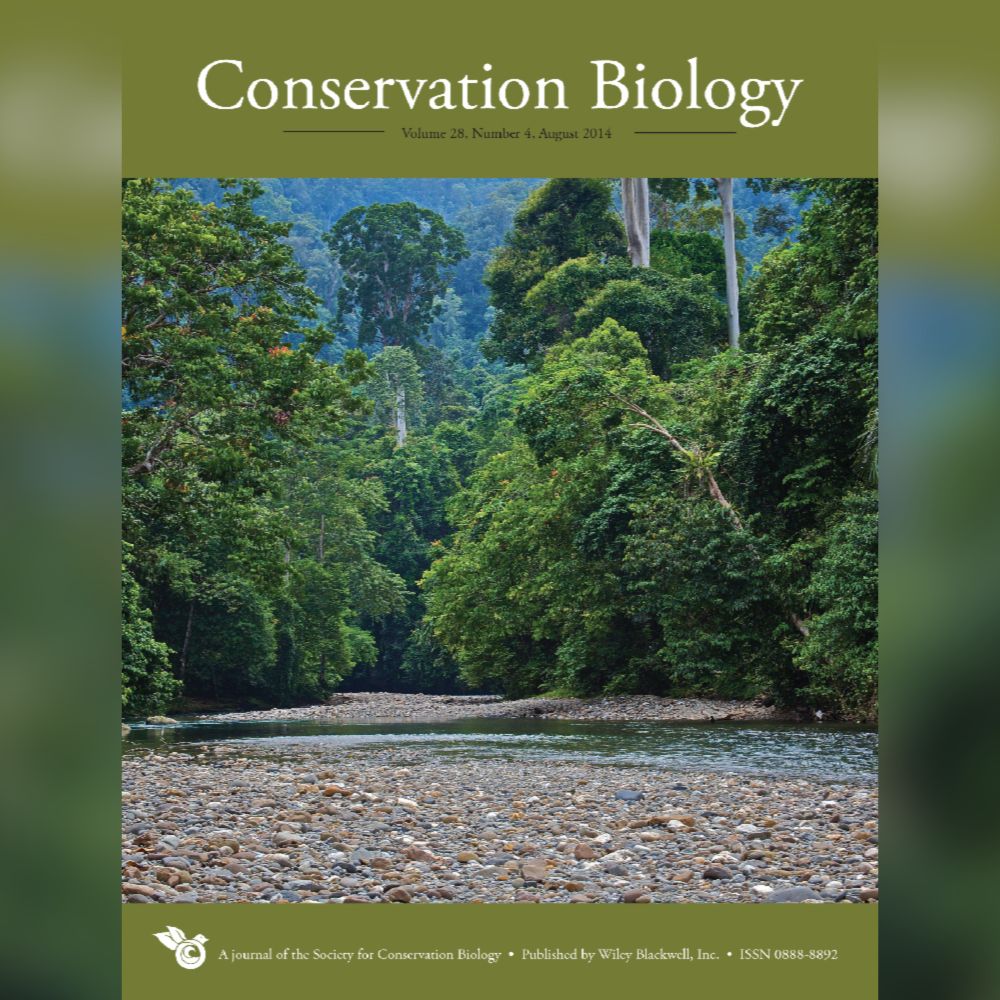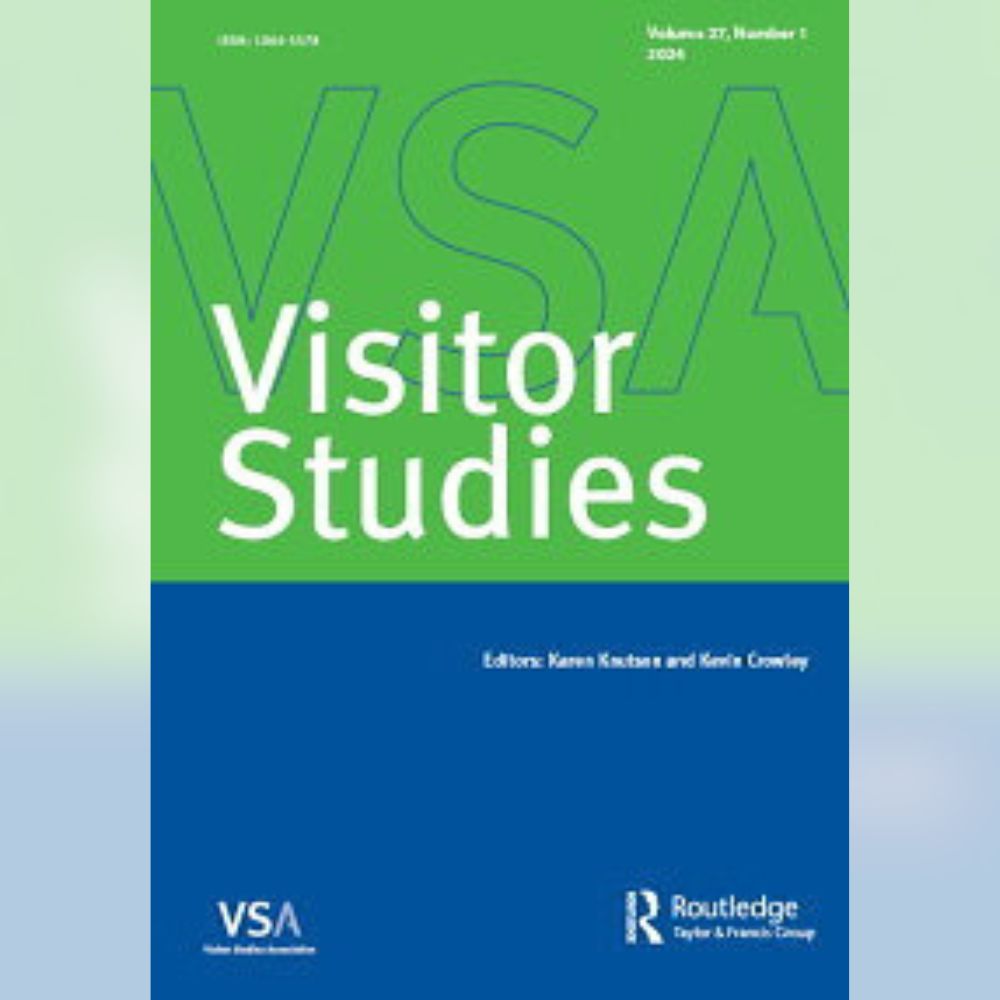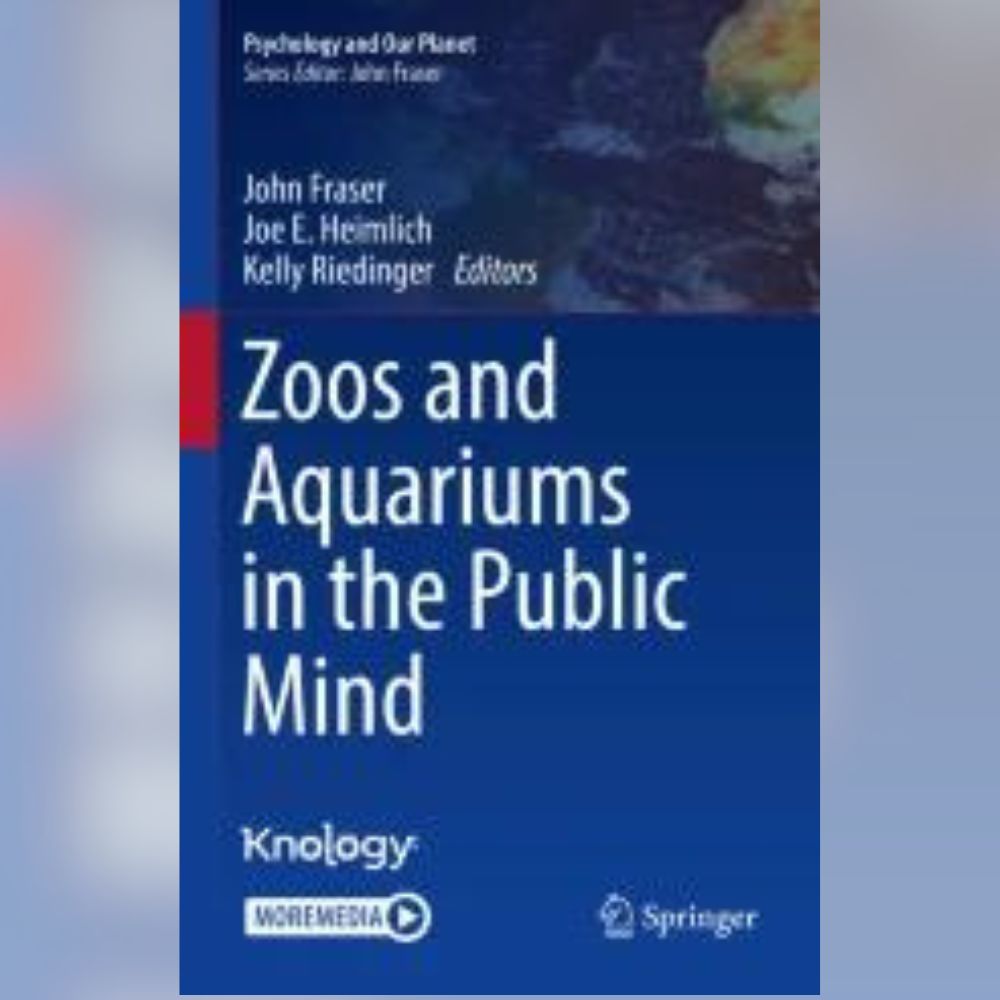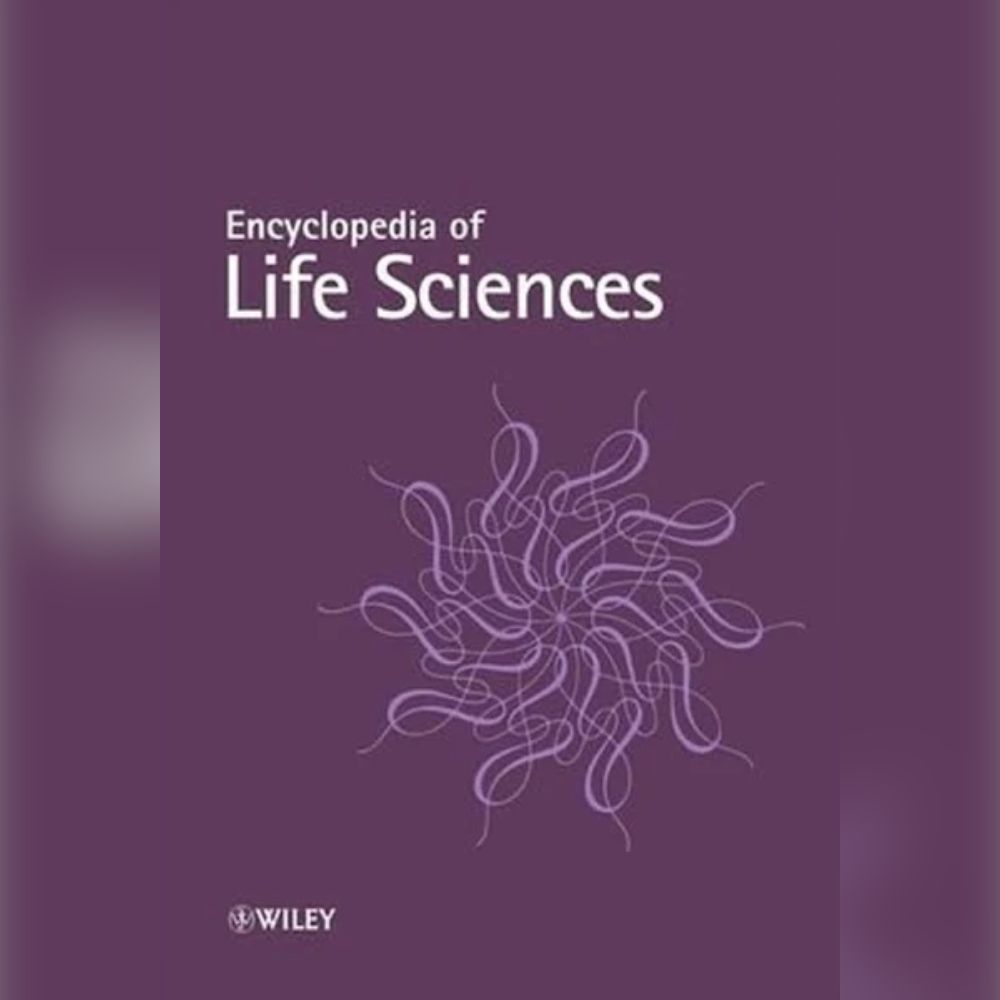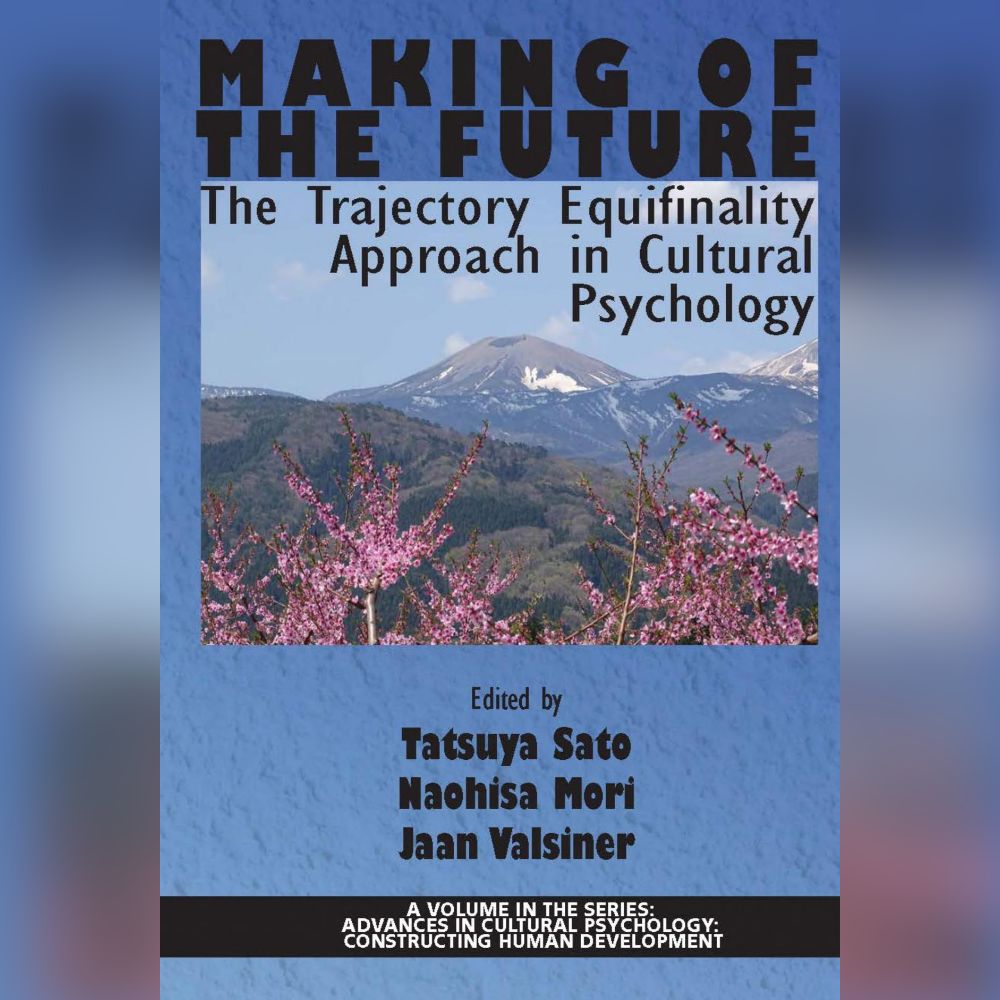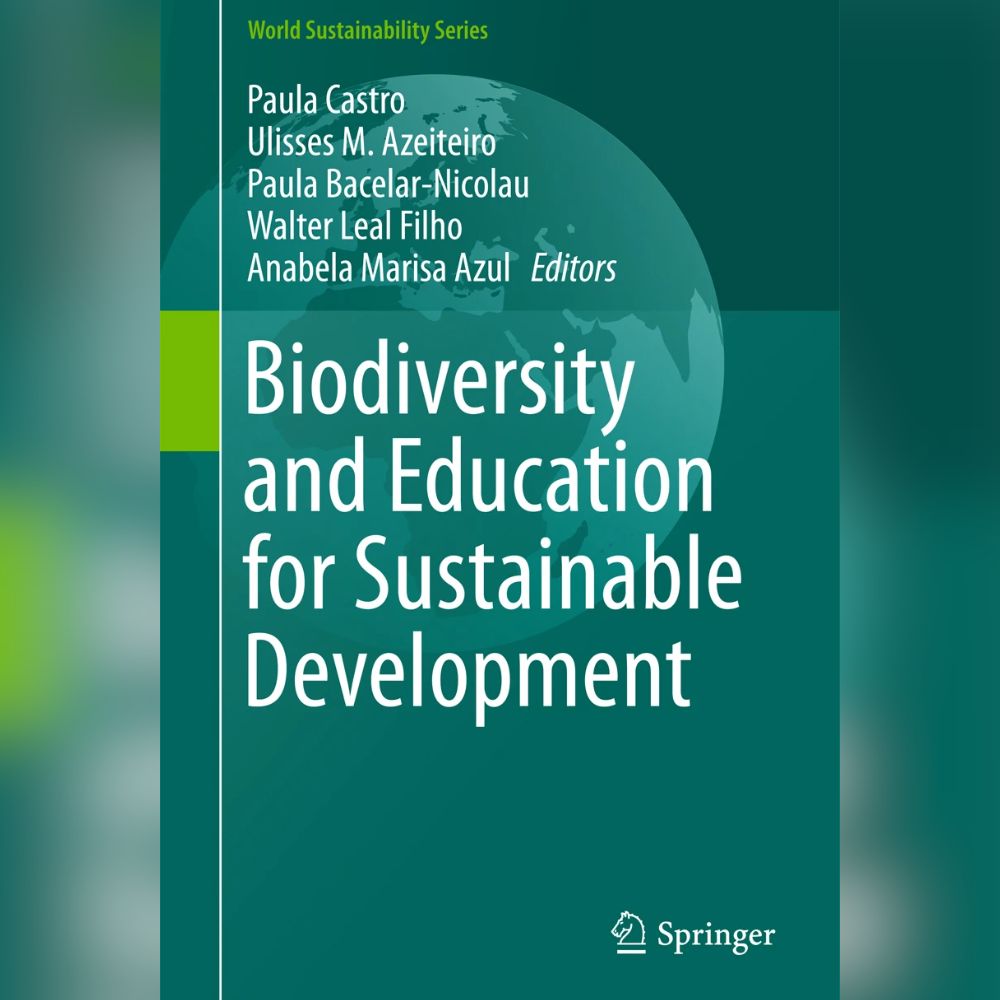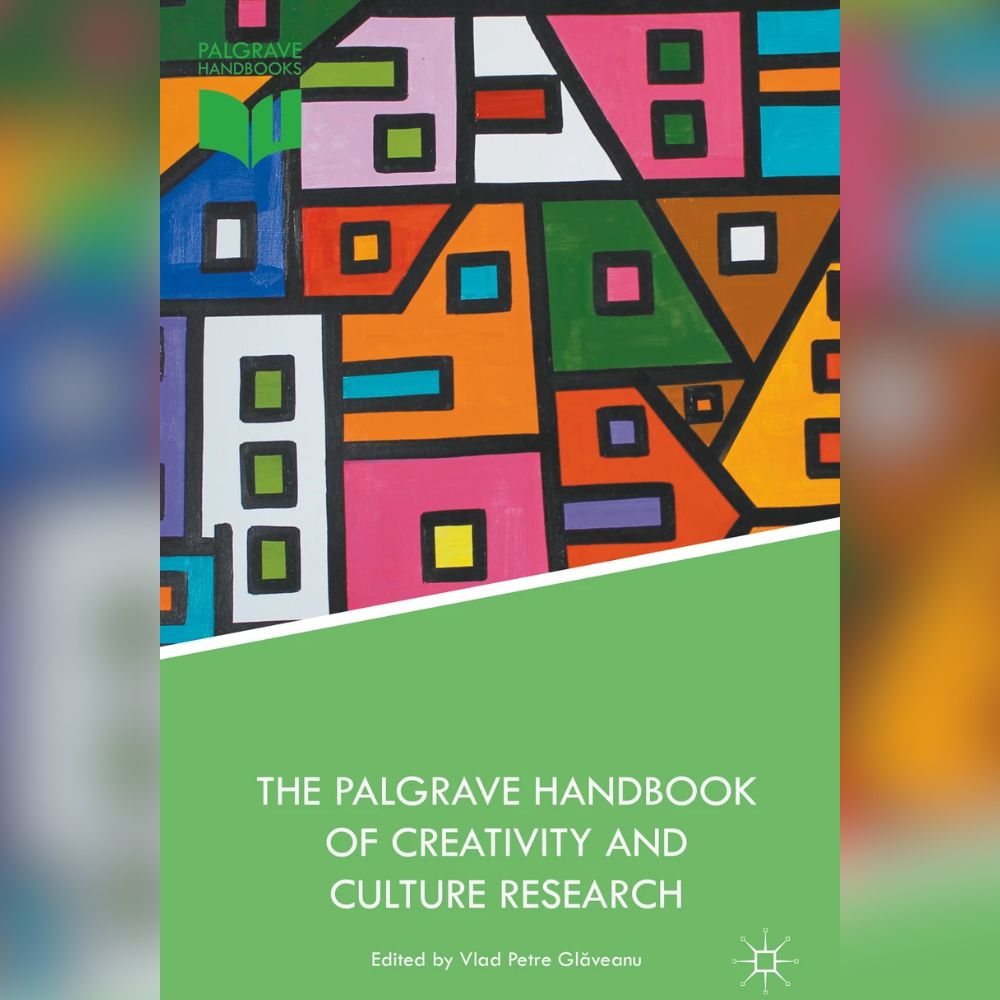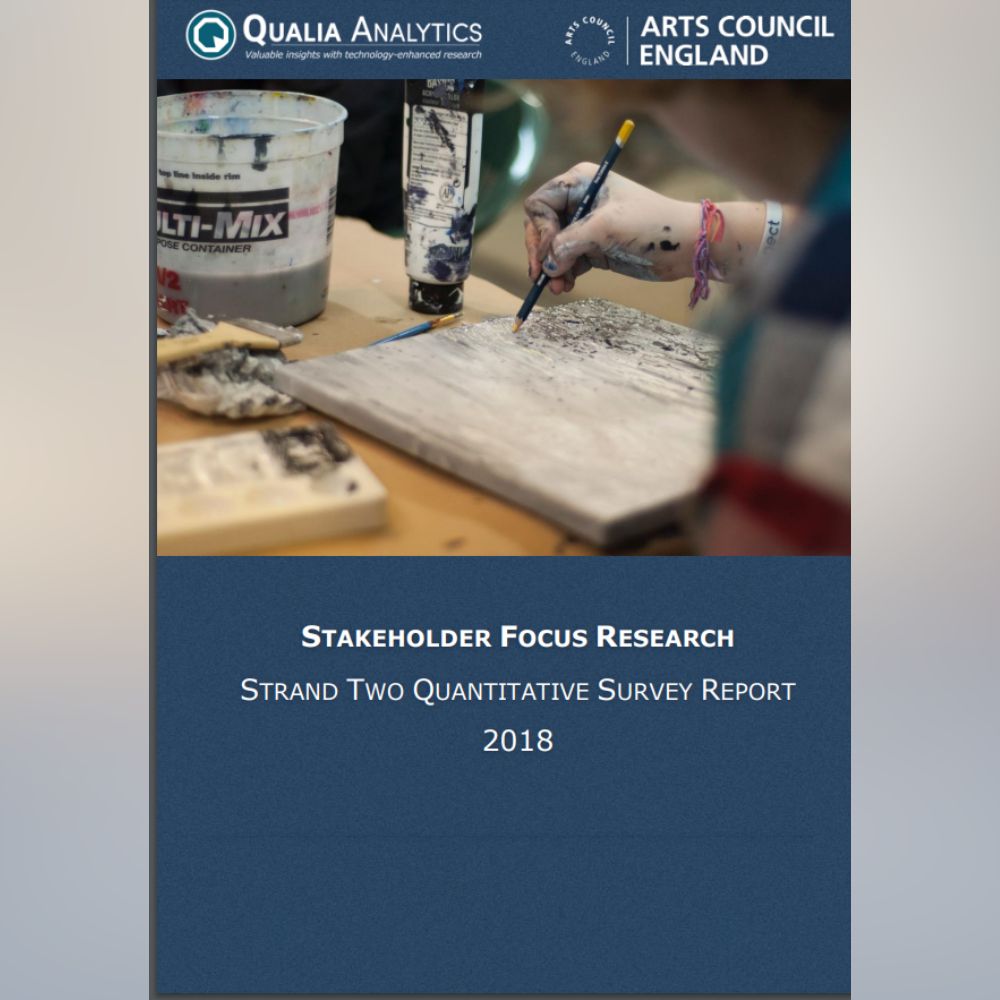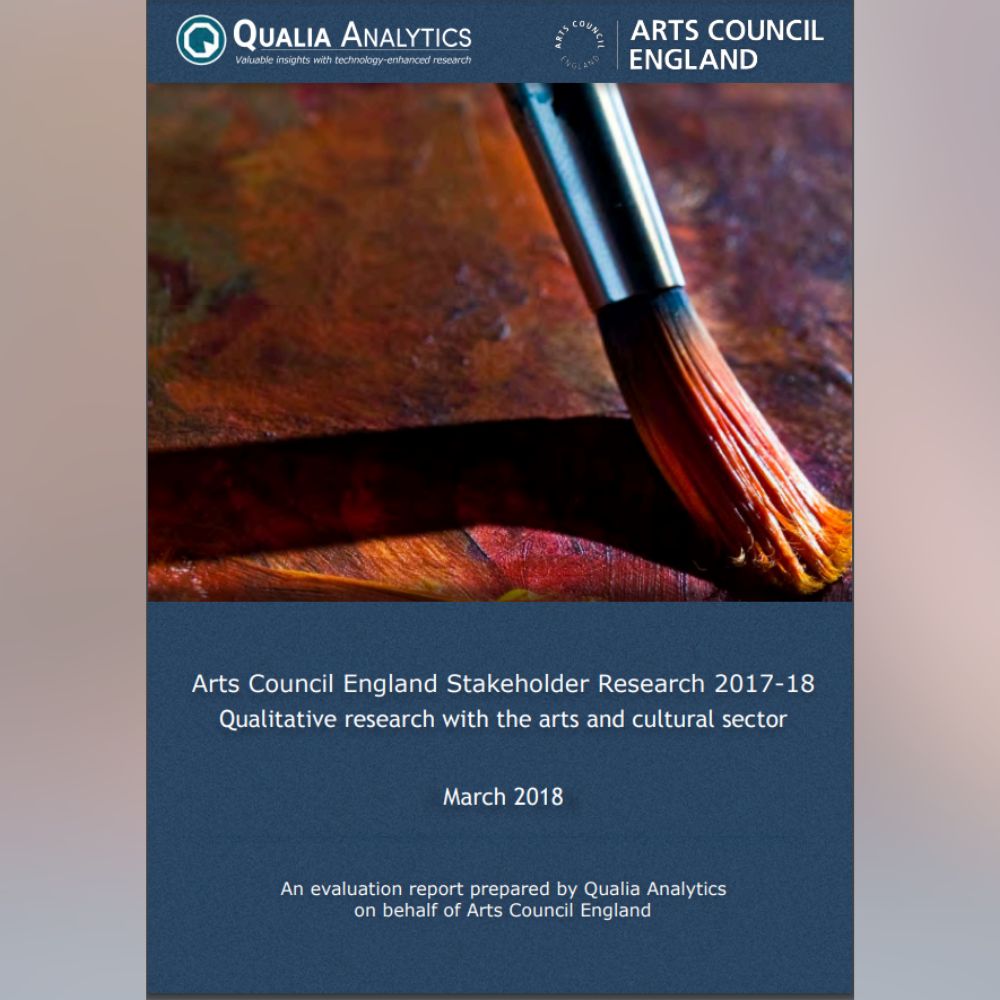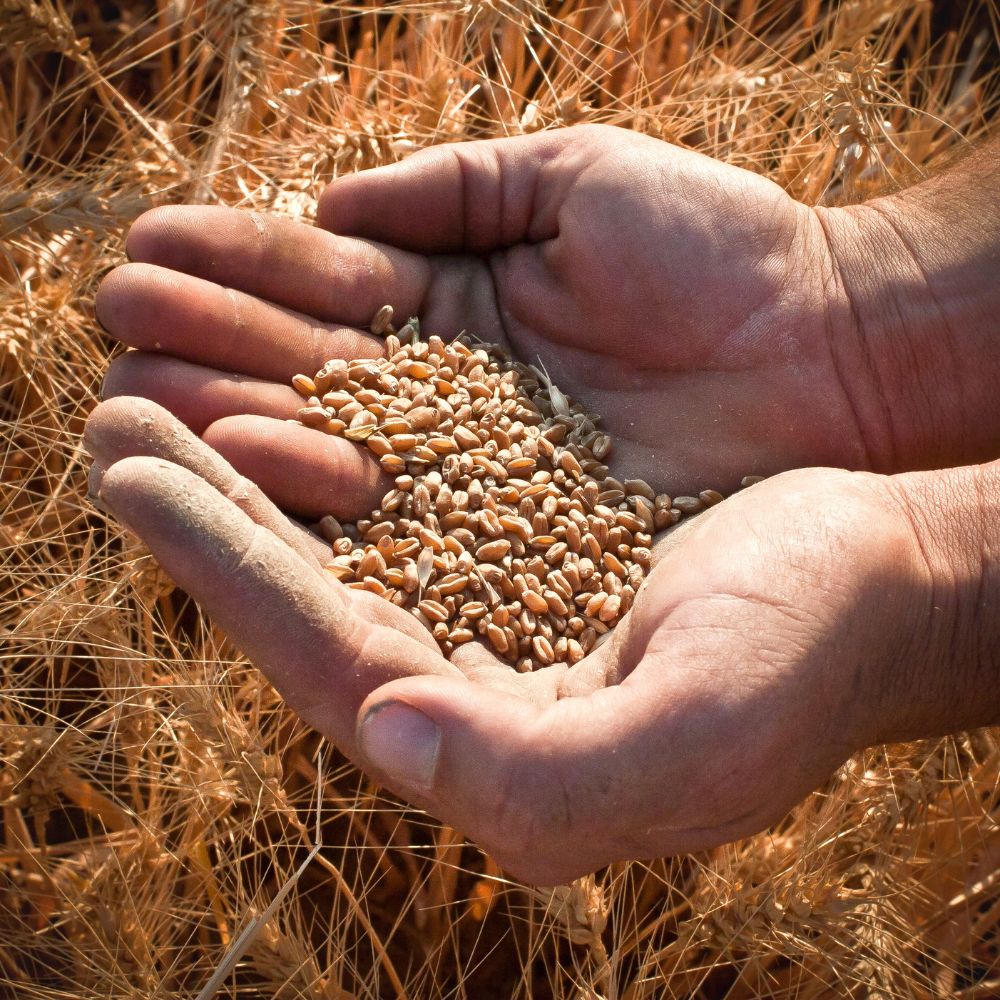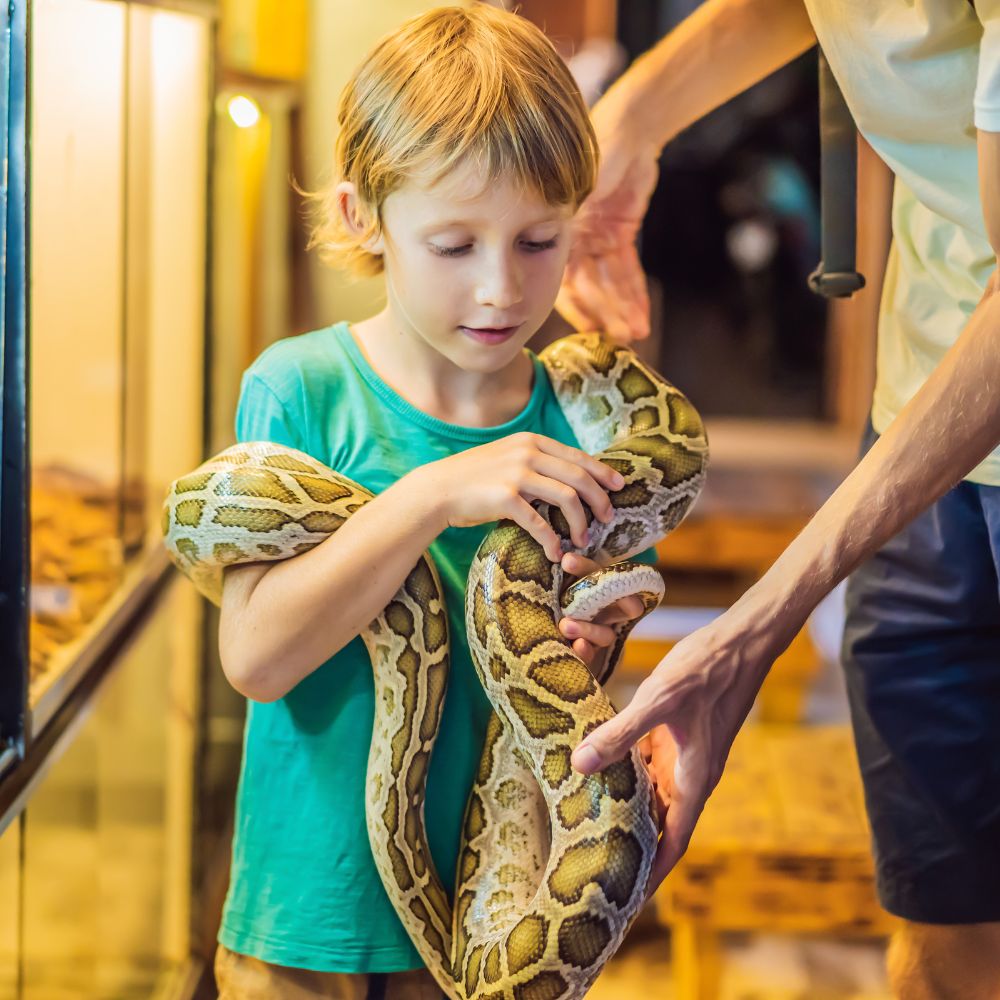Prof. Eric Jensen
CEO and Research Director
Books
Articles
Chapters
Reports
Publications
Books (selected)
2022
Doing research in the real world: 5th Edition
From first planning to writing up your research, this complete guide will help you push your project forward. Walking you through every step you need…
March 2020
Science communication: An introduction
A concise, coherent and easily readable textbook about the field of science communication, connecting the practice of science communicators with theory. In the book, recent…
2016
Doing real research: A practical guide to social research
Challenging the formality and idealized settings of conventional methods teaching and opting instead for a real world approach to social research, this book offers frank,…
2012
Culture and Social Change: Transforming society through the power of ideas.
This book brings together social sciencists to create an interdisciplinary dialogue on the topic of social change as a cultural process. Culture is as much…
Articles in International Peer-reviewed Journals
September 2014
Cloning wild life: zoos, captivity, and the future of endangered animals
Cloning Wild Life presents a largely sociological account of endangered species cloning practices laced with narratives from the author's research. This research included interviews with…
April 2014
Zoos boost biodiversity literacy
Zoos and aquaria worldwide attract more than 700 million visits every year. They are therefore well placed to make more people aware of the importance…
August 2014
Evaluating Children’s Conservation Biology Learning at the Zoo
Millions of children visit zoos every year with parents or schools to encounter wildlife firsthand. Public conservation education is a requirement for membership in professional…
2014
The problems with science communication evaluation
Even in the best-resourced science communication institutions, poor quality evaluation methods are routinely employed. This leads to questionable data, specious conclusions and stunted growth in…
July 2014
Why people attend science festivals: Interests, motivations and self-reported benefits of public engagement with research
As a form of public engagement, science festivals have rapidly expanded in size and number over recent years. However, as with other domains of informal…
September 2013
Re-considering ‘The Love of Art’: Evaluating the potential of art museum outreach
Art museums have long been identified as bastions of social and cultural exclusion. This conclusion was best evidenced by the large-scale 1967 French study by…
March 2012
Scientific sensationalism in American and British press coverage of therapeutic cloning
This study examines the production and content of press coverage of therapeutic cloning in the United States and Britain. The sample includes 5,128 news articles,…
January 2012
Mediating subpolitics in US and UK science news
The development of therapeutic cloning research sparked a scientific controversy pitting patients’ hopes for cures against religious and anti-abortion opposition. The present study investigates this…
2011
Towards a ‘contextual turn’ in visitor research: Evaluating visitor segmentation and identity-related motivations
This article assesses the use of audience segmentation in visitor studies by analyzing its application in the identity model of visitors proposed by J. Falk…
Oct 2011
Dialogue and synthesis: Developing consensus in visitor research methodology
This brief synthesis presents the main points of agreement between Dawson and Jensen's article, “‘Towards a ‘Contextual Turn’ in Visitor Studies: Evaluating Visitor Segmentation and…
Chapters in Edited Books
in press
Promise and pitfalls of audience segmentation in public conservation education
Jensen, A. M. & Jensen, E. A. (in press). Promise and pitfalls of audience segmentation in public conservation education. In E. Jensen (Ed.), Making the most of conservation…
2023
Why We (Still) Do Not Know the Educational Impact of Zoos and Aquariums: Assessing Current Evaluation Methods and Ways to Improve Them
This book summarizes a range of psychological research into how zoos and aquariums operate in the minds of visitors and the broader public. Bringing together…
January 2020
Why impact evaluation matters in science communication: Or, advancing the science of science communication
Why do we need to communicate science? Is science, with its highly specialised language and its arcane methods, too distant to be understood by the…
March 2020
Environmental communication
A concise, coherent and easily readable textbook about the field of science communication, connecting the practice of science communicators with theory. In the book, recent…
March 2020
Informal science education
A concise, coherent and easily readable textbook about the field of science communication, connecting the practice of science communicators with theory. In the book, recent…
January 2017
The challenges of ‘measuring long-term impacts of a science center on Its community’: A methodological review
This chapter assesses Falk and Needham’s (2011) study of the California Science Center’s long-term impact on the Los Angeles population’s scientific understanding, attitudes, and interests.…
November 2016
Genetic Futures and the Media
Today, public debate over genetic futures takes place within a new societal context. There is a greater emphasis from policymakers on promoting engagement between sciences…
2016
Extending the Trajectory Equifinality Model’s conceptual methodological toolkit to account for continuous development
Making of the Future is the first English‐language coverage of the new methodological perspective in cultural psychology—TEA (Trajectory Equifinality Approach) that was established in 2004…
May 2016
Education on Biodiversity in the Polar Regions
The polar regions are famously associated with extreme temperatures, ice, snow, legendary explorers, indigenous people, polar bears, penguins and other impressive fauna and flora. The…
2016
Creativity and culture for all? Enhancing cultural participation in museums and galleries
Museums, galleries, and festival visitors have been the subject of a great deal of research interest in recent years. However, to date little headway has…
Government Reports (selected)
2018
Stakeholder Focus Research: Quantitative findings
As a public body, the Arts Council England aims to maintain effective relationships with both individuals and organisations in the arts and culture sector across…
March 2018
Stakeholder Focus Research: Qualitative findings
This research investigates stakeholders’ views about the Arts Council as part of a periodic evaluation of attitudes about the Arts Council’s priorities, work, relationships, communication,…
February 2014
Household Food Security in the UK: A Review of Food Aid Final Report
This report presents findings from a Rapid Evidence Assessment undertaken from February and March 2013. The aim of the research was to arrive at a…
2011
Role of social media-based public dialogue
As social media expand, policymakers and practitioners are increasingly considering what the role of platforms such as Twitter and Facebook should be in informing public…
2010
Upstream public engagement at the zoo
This report describes key findings from a series of concurrent focus groups comprising the Durrell Wildlife Park - Public Participation Meeting (PPM). This PPM is…
Professional Publications (selected)
2015
Responsible science communicators
It takes critical reflection, evidence-based practice and a community of practice to develop responsible science communication There are many different pathways into science communication. But…
Research | Evaluation | Engagement | Training
Ireland | United States of America | Estonia
methodsinnovation.org is owned and operated by The Institute for Methods Innovation, which is a registered US non-profit, tax-exempt corporation under 501 (c)(3) of the Internal Revenue Code. The Institute for Methods Innovation is also a registered non-profit in Ireland and Estonia.
© Institute for Methods Innovation 2017-2025. All rights reserved.
